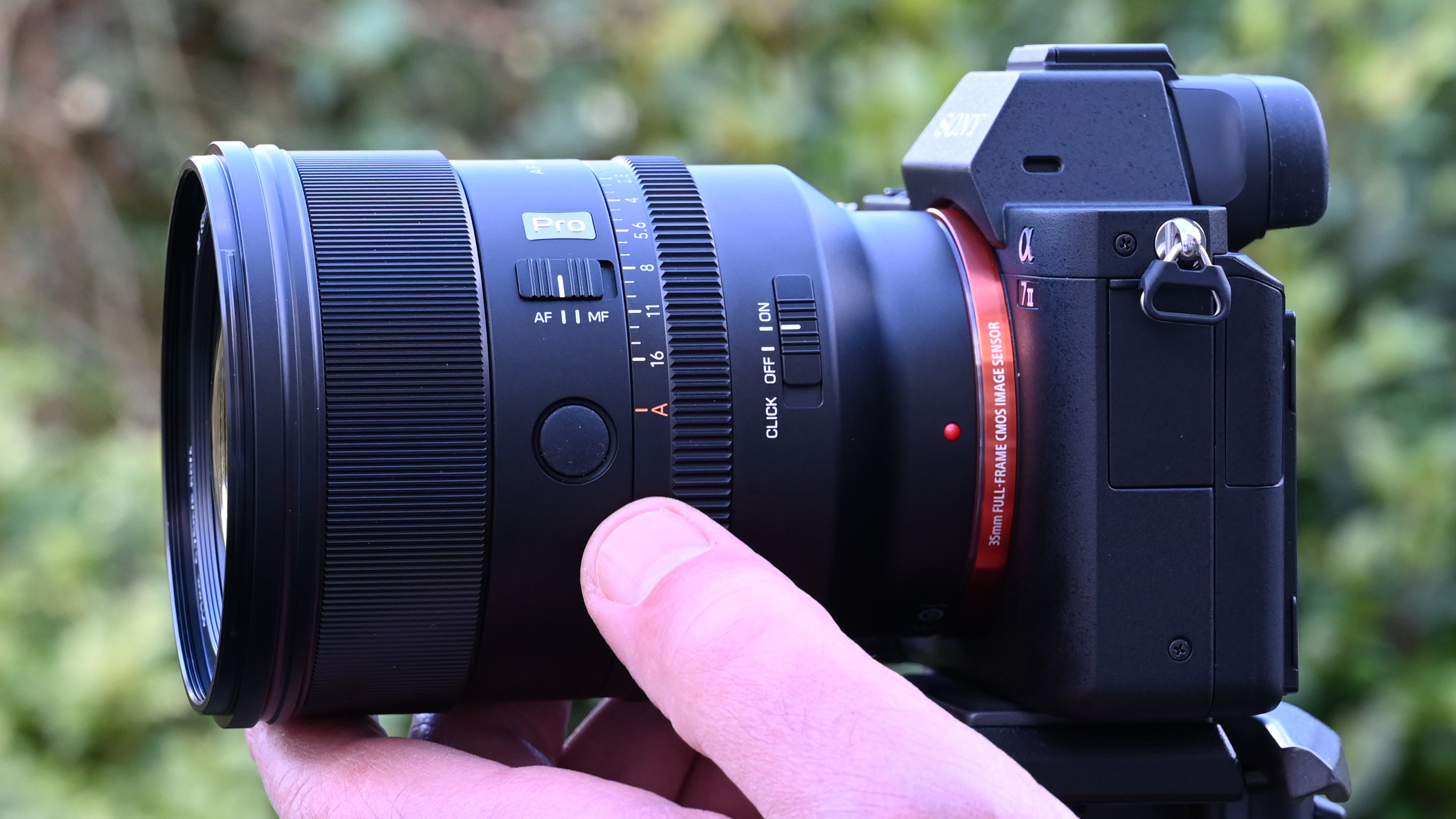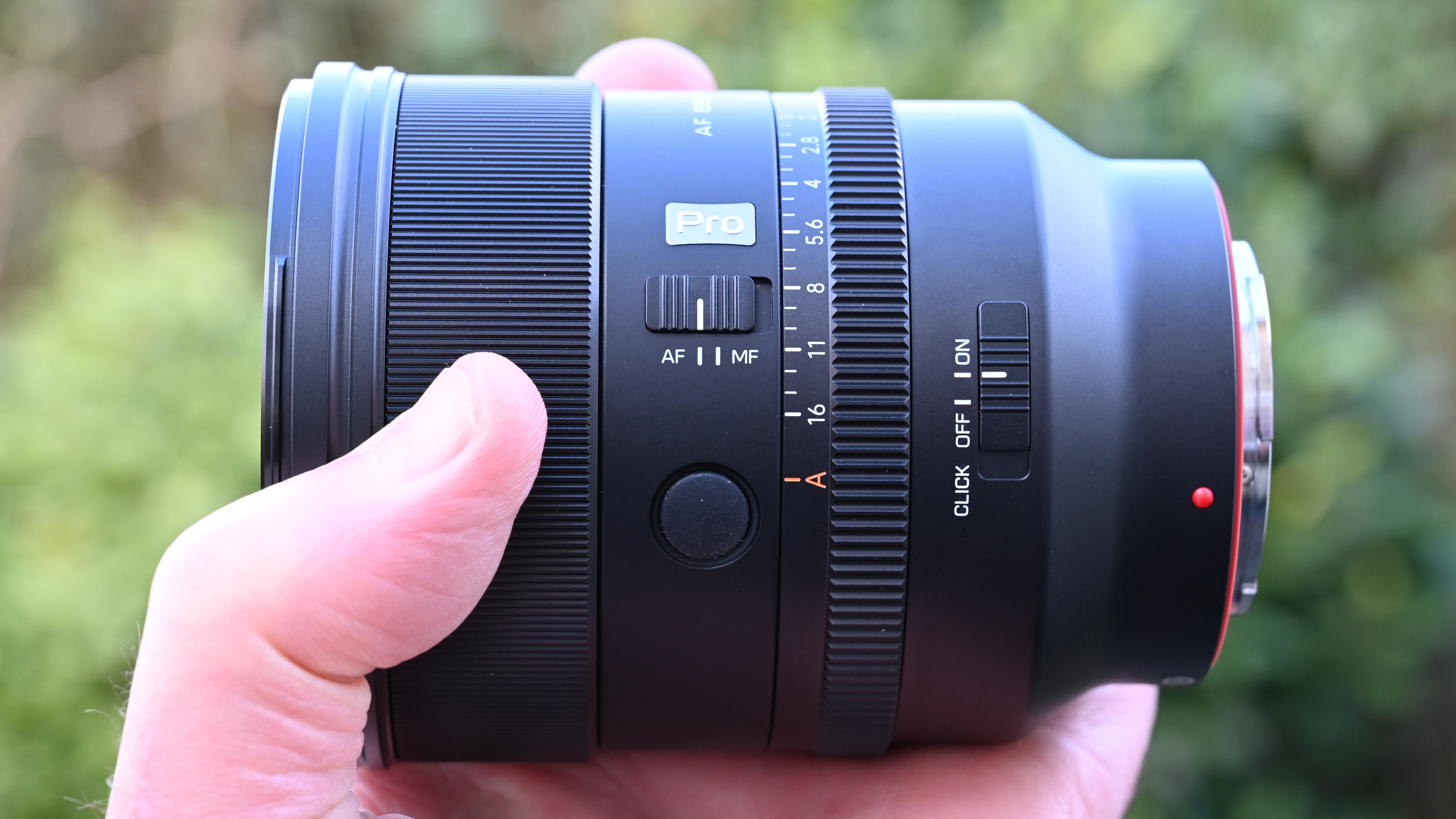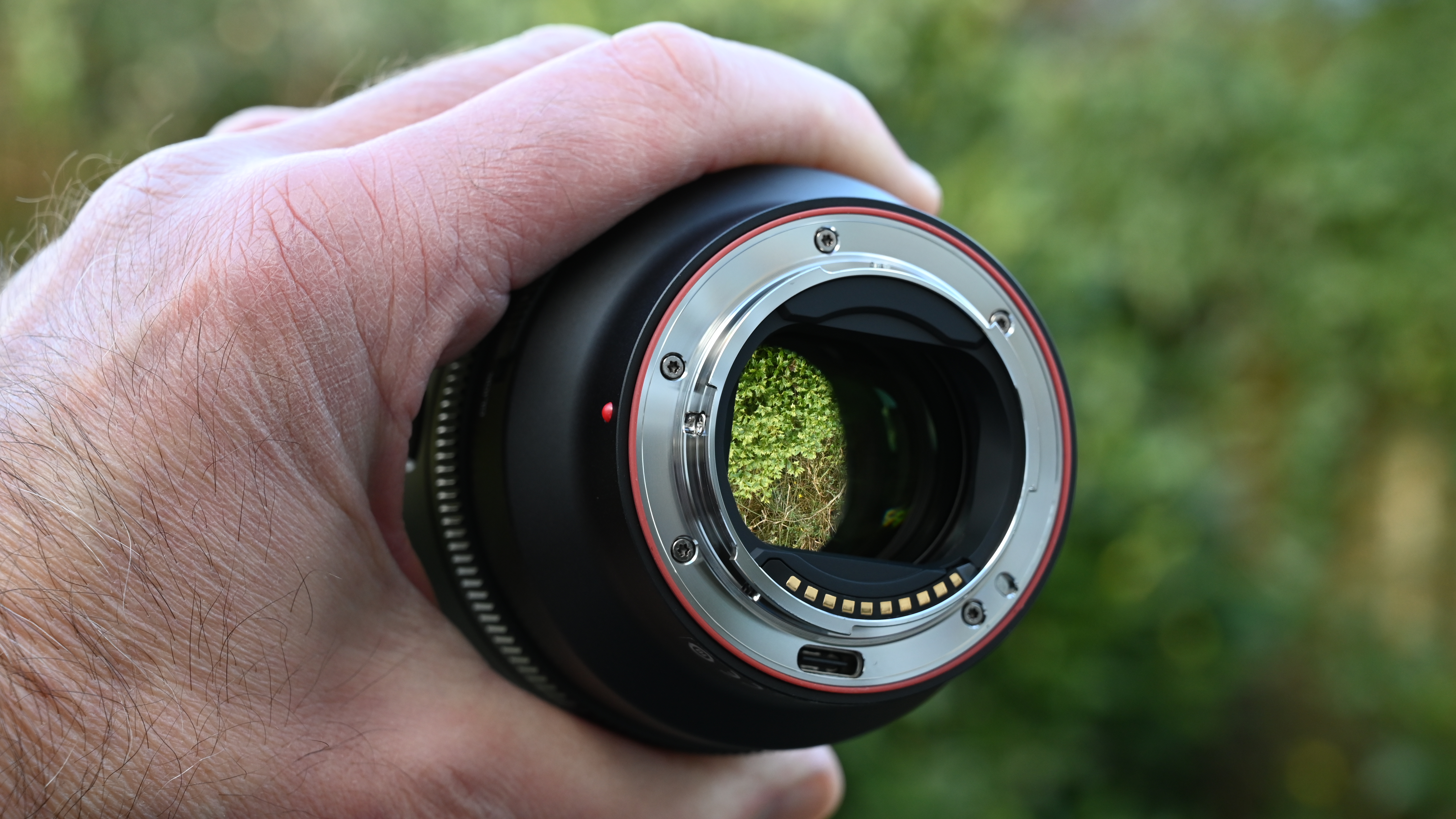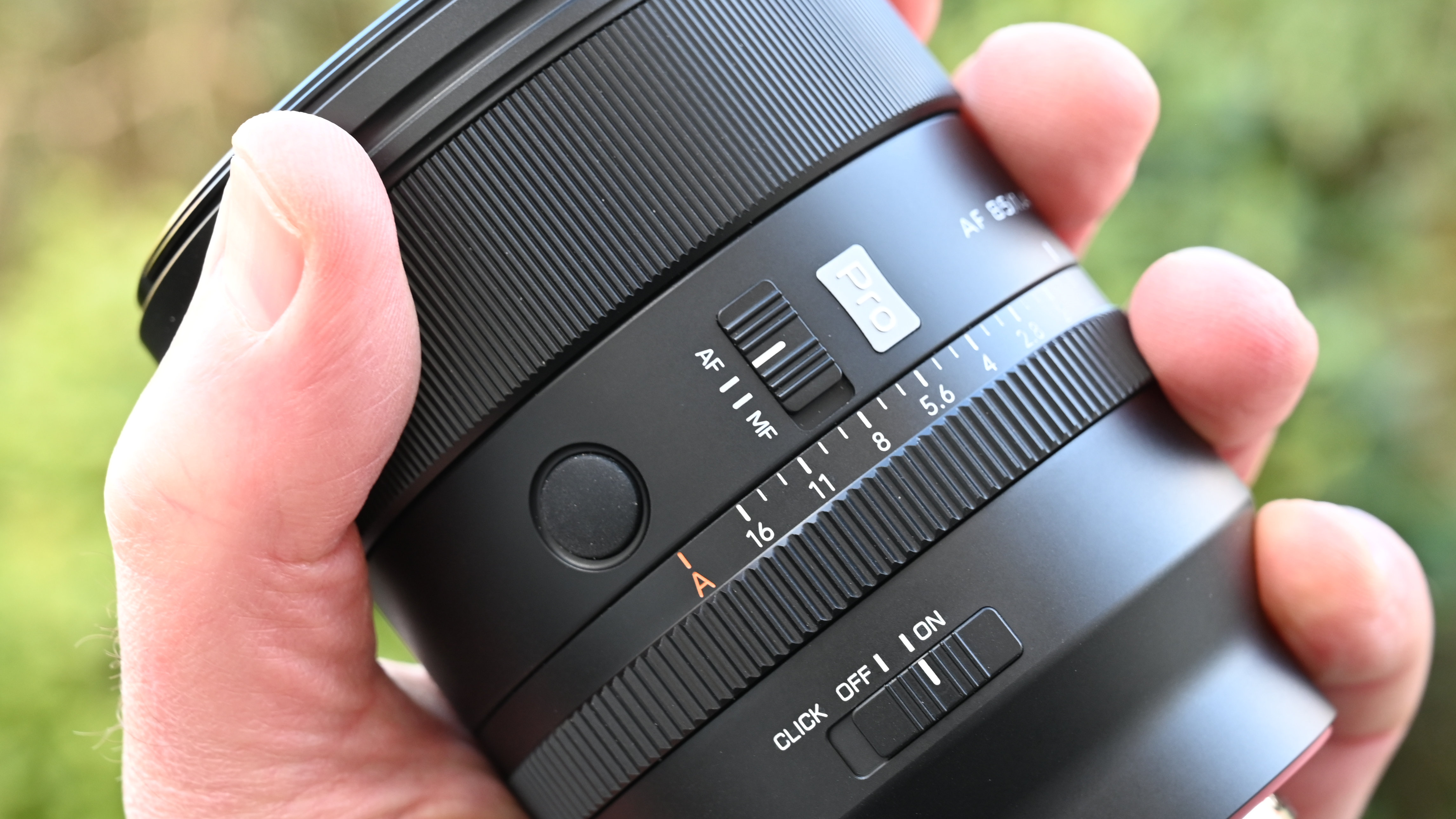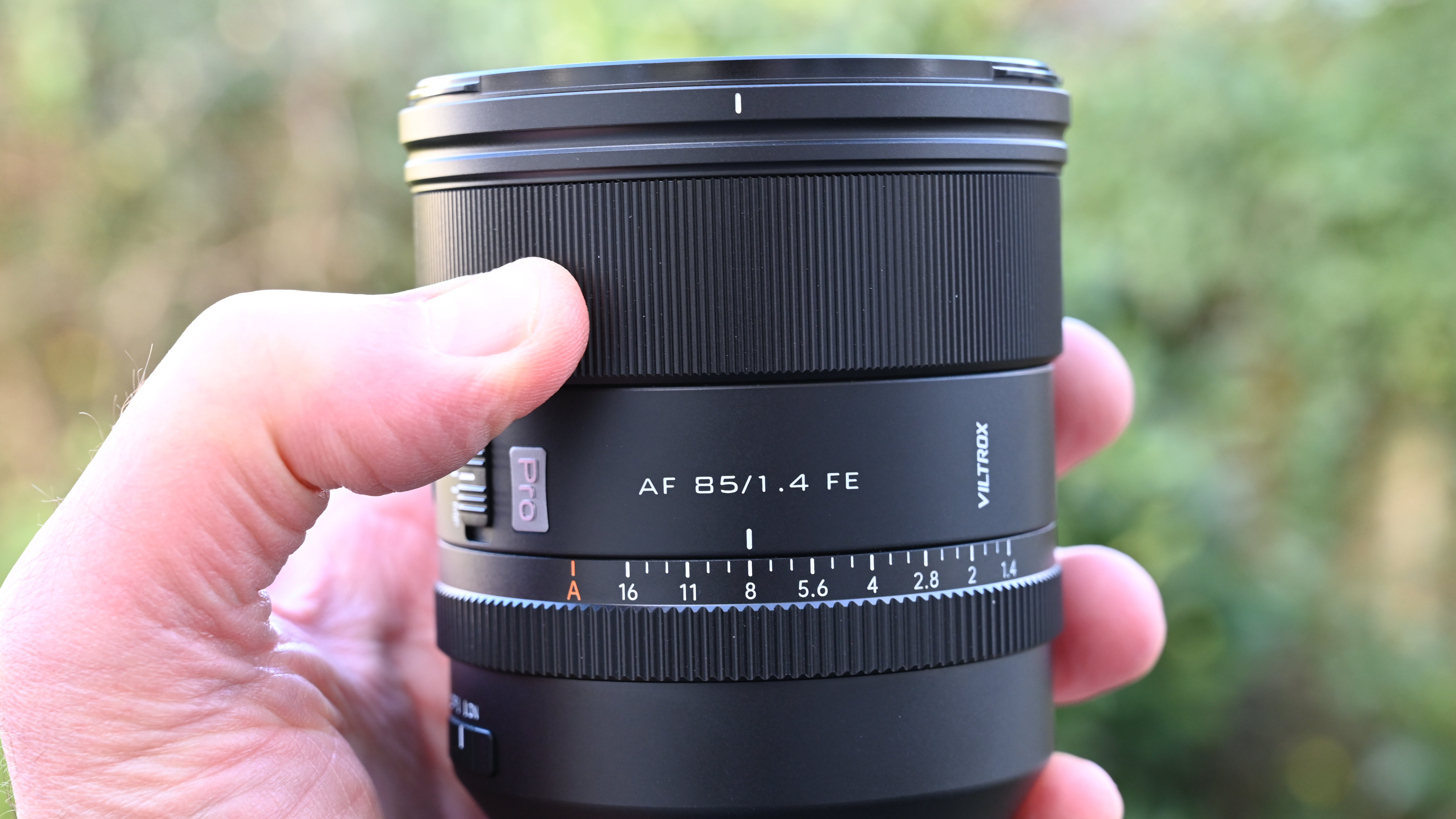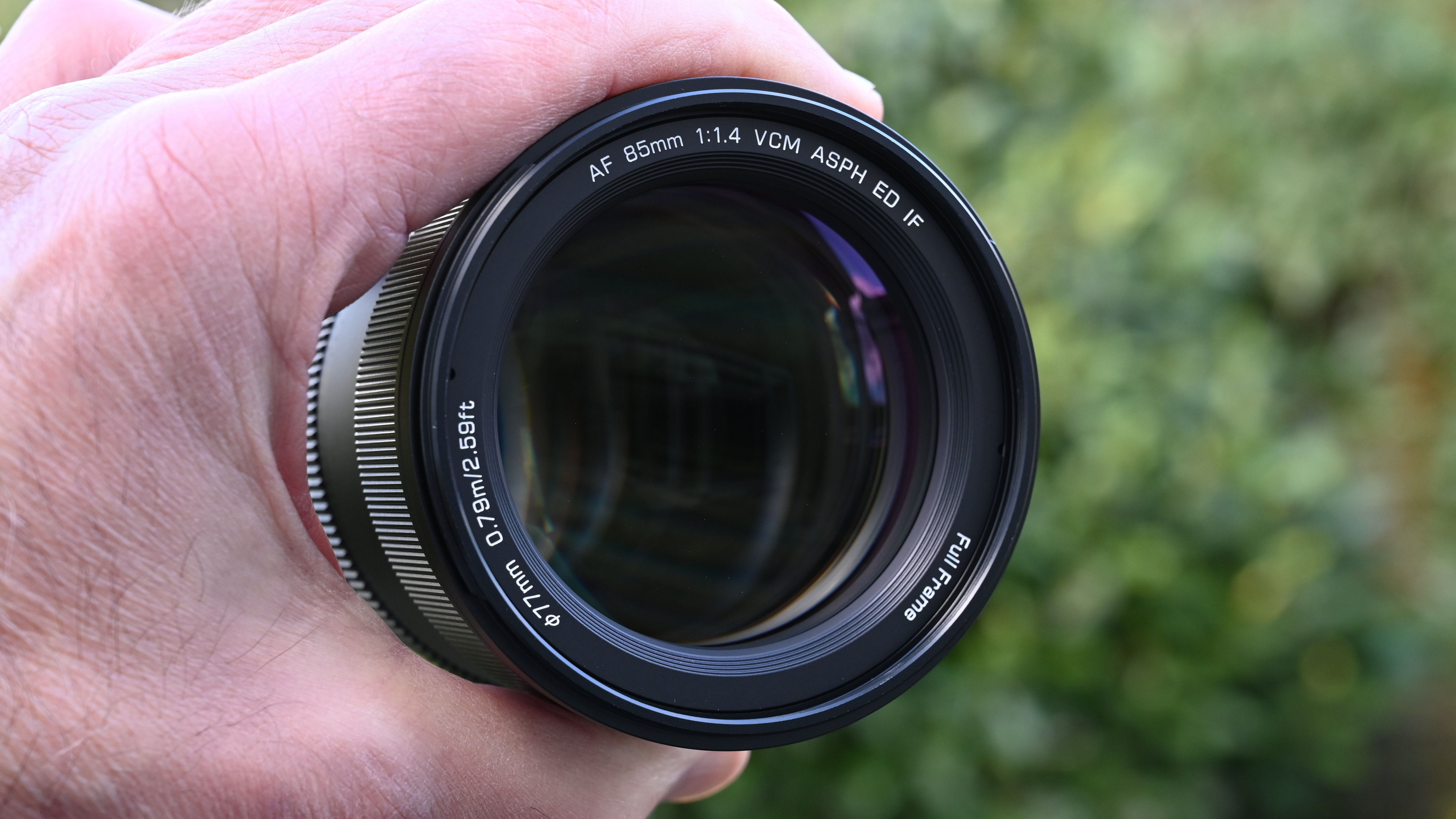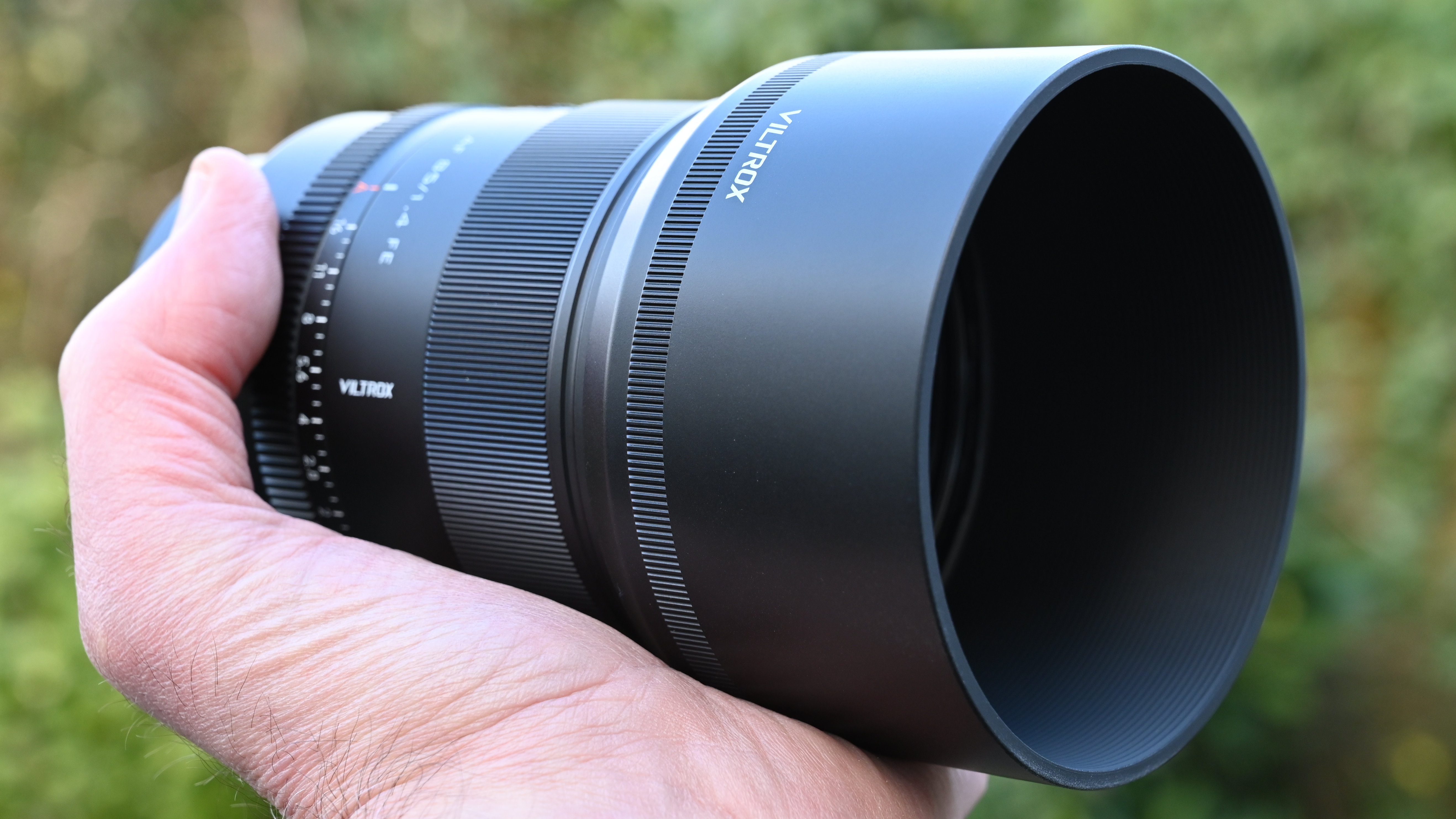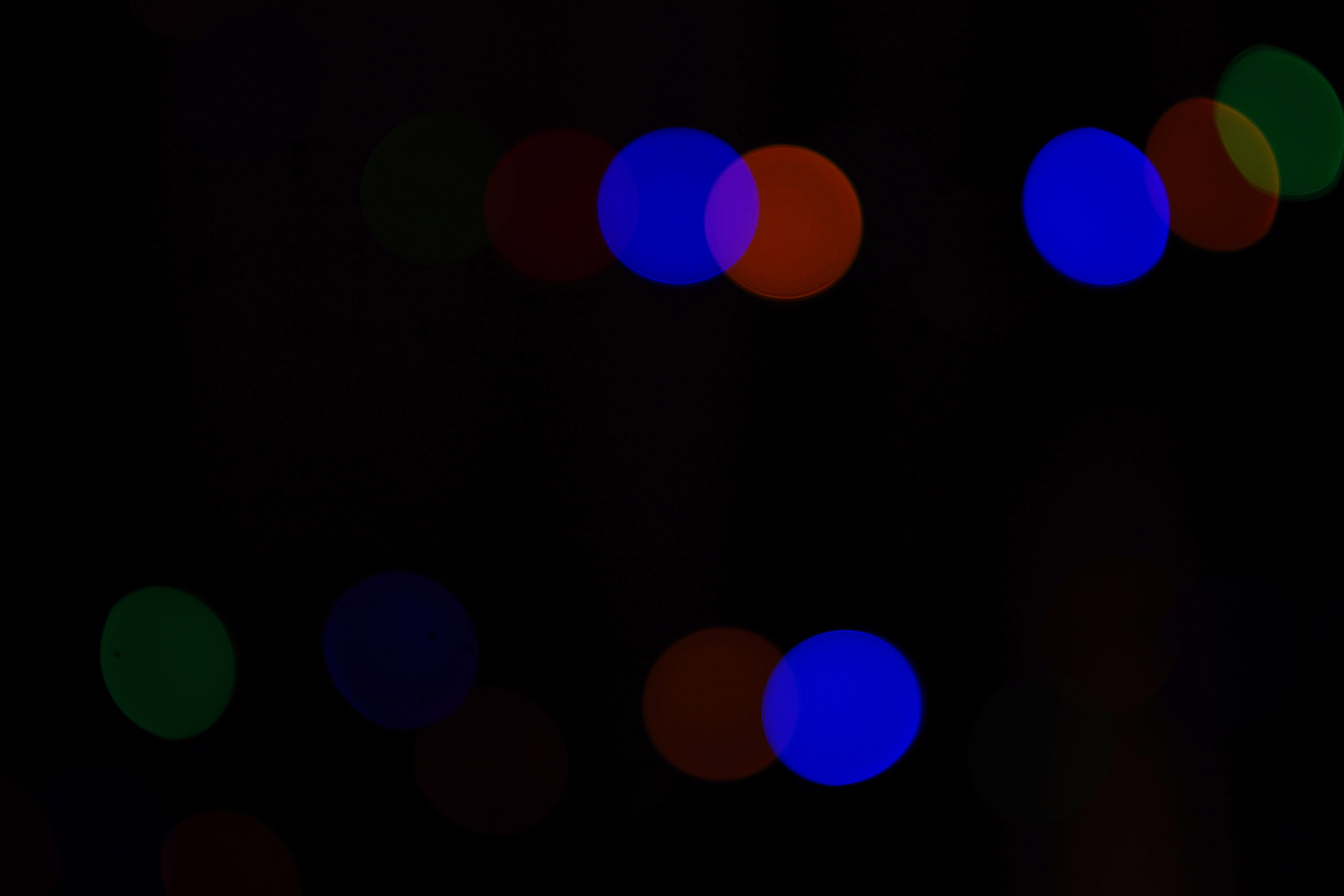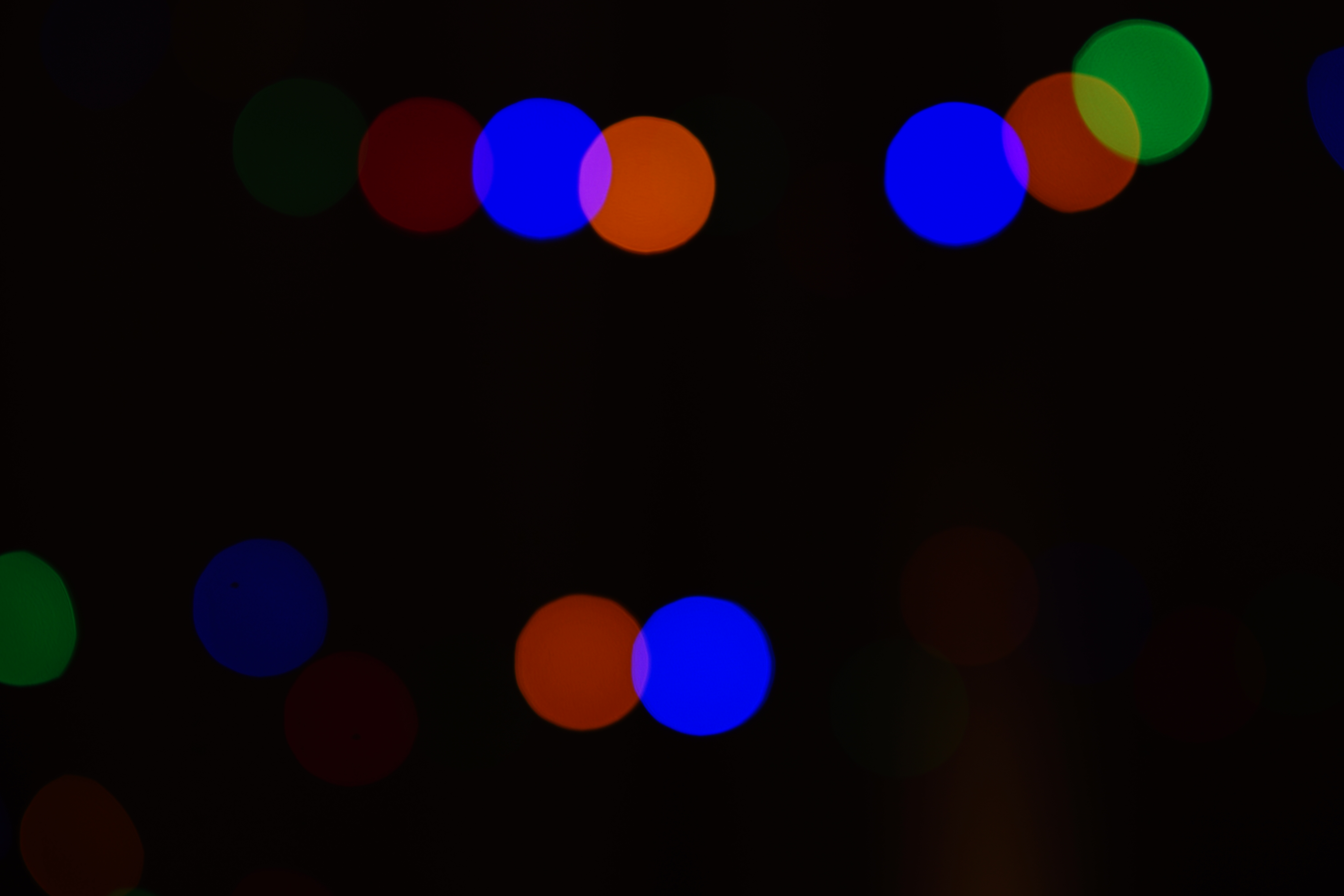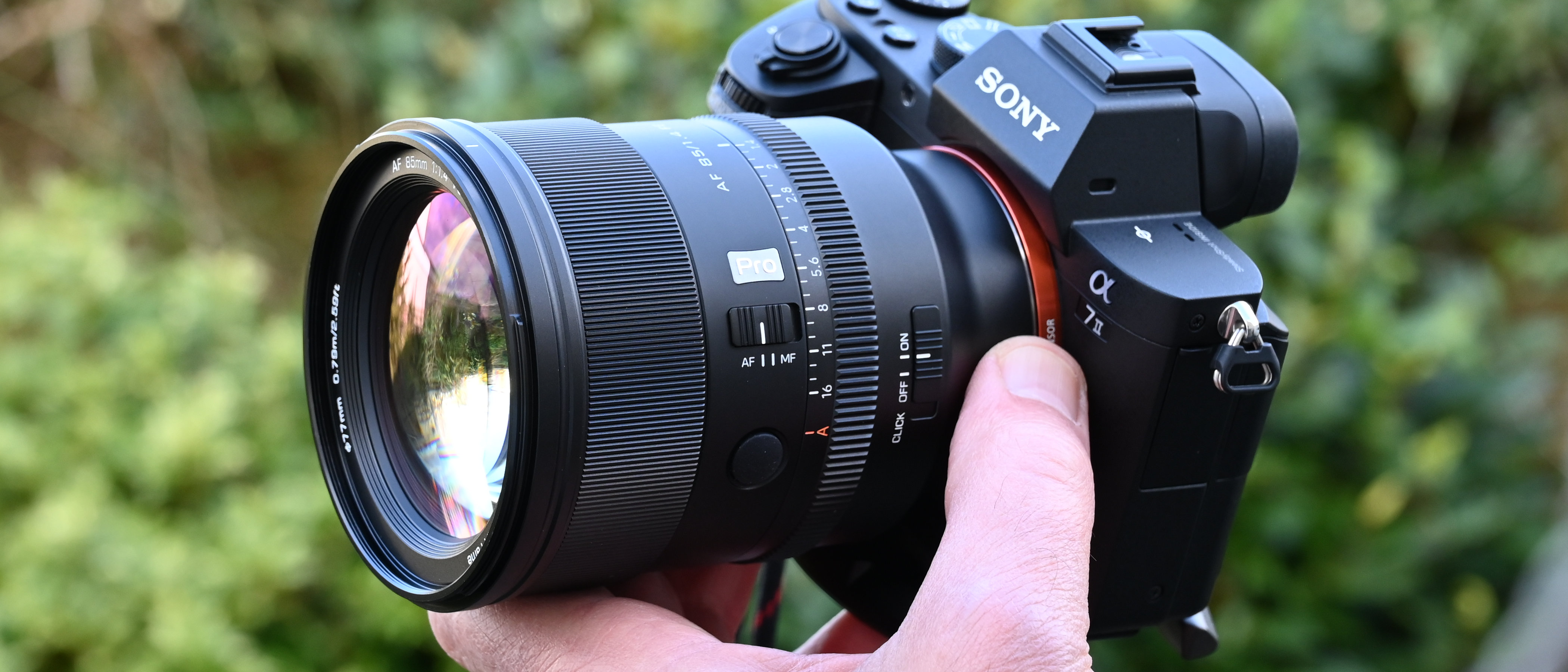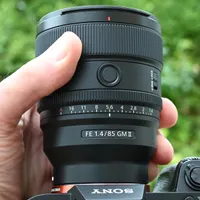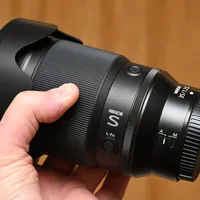Digital Camera World Verdict
The Viltrox AF 85mm f/1.4 Pro combines my favorite focal length and aperture rating for portraiture with a full-frame camera. And it does so in fine style, with impressive build quality, exotic handling characteristics and beautiful image quality, all at a bargain price.
Pros
- +
Super-sharp
- +
Super-smooth bokeh
- +
Great handling
- +
Great value
Cons
- -
No aperture ring lock
- -
Only one function button
- -
Limited mount options
Why you can trust Digital Camera World
The last time I reviewed a Viltrox ‘Pro’ lens it was the APS-C format Viltrox AF 27mm f/1.2 Pro for Fujifilm X, Nikon Z, Sony E mount mirrorless cameras. And very impressed I was too, the ‘effective’ 40mm focal length and f/1.2 aperture delivering great versatility. The 27mm lens is beautifully built, has excellent handling characteristics, delivers superb image quality and is incredible value for money.
The newer Viltrox AF 85mm f/1.4 Pro that I’m reviewing here looks and feels like a ‘grown-up’ version of the 27mm, this time for full-frame Sony and Nikon cameras, while inheriting all the same plus points from its smaller sibling. As such, it goes up against premium own-brand primes, aiming to be one of the best lenses for Sony mirrorless cameras and best lenses for Nikon Z cameras, as well as being one of the best portrait lenses.
An interesting further development is that in between launching the Sony and subsequent Nikon version of the 85mm full-frame lens, Viltrox also released a new Viltrox AF 56mm f/1.2 Pro, offering a more portrait-friendly focal length than the 27mm Pro lens for the same range of Fuji, Nikon and Sony APS-C format cameras.
Viltrox AF 85mm f/1.4 Pro: Specifications
Mount options | Nikon Z (FX) |
Lens construction | 15 elements in 11 groups |
Angle of view | 28 degrees |
Diaphragm blades | 11 |
Minimum aperture | f/16 |
Minimum focus distance | 0.79m |
Maximum magnification | 0.13x |
Filter size | 77mm |
Dimensions | 85x109mm / 3.3x4.3" |
Weight | 800g / 28.2oz |
Viltrox AF 85mm f/1.4 Pro: Price
If it can live up to its ‘Pro’ credentials and aspirations, the Viltrox AF 85mm f/1.4 Pro looks like an absolute steal at $598 / £569 / AU$919. By contrast, the Sony FE 85mm f/1.4 G Master II lists at $1,799 / £1,799 / AU$2,998. Nikon doesn’t yet make a Z 85mm f/1.4 lens (at the time of writing this review) but its closest match, the Nikon Z 85mm f/1.2 S comes in at $2,797 / £2,999 / AU$4,699. Both of the own-brand Sony and Nikon lenses are flagship primes and I’ve given them gold-standard ratings in my reviews. But I also gave a gold award to the Viltrox AF 27mm f/1.2 Pro, which at $578 / £447 / AU$915 has a very similar price to the Viltrox 85mm. Let’s see if the 85mm is the knockout bargain that its price tag would suggest.
Viltrox AF 85mm f/1.4 Pro: Design & Handling
Compared with the APS-C format Viltrox AF 27mm f/1.2 Pro, the 85mm Pro full-frame lens has all of the same bits in almost all of the same places. Unsurprisingly, the 85mm is bigger and heavier, measuring 85x109mm (3.3x4.3") and weighing 800g (28.2oz), compared with 82x92mm (3.2x3.6") and 560g (19.8oz) for the 27mm lens. Even so, it feels easily manageable and a very natural fit for Nikon and Sony mirrorless cameras.
The fit itself is courtesy of a metal mounting plate that features gold-plated electronic contacts, a USB-C port and a rubber weather-seal gasket. The lens actually features extensive weather-seals throughout. The USB-C port is for applying firmware updates, as you can plug it into a USB charger to apply power, then update the firmware via Bluetooth from your mobile phone, using the free Viltrox app. The barrel of the lens as well as the mounting plate is made from metal rather than plastic.
Getting back to those same bits that are almost in the same places, the lens features an electronically coupled focus ring at the front, just behind which are an AF/MF focus mode switch and a customizable function button. Slightly further back again is an aperture control ring that operates in one-third click stops, and comes with a click/de-click switch. The main difference is that this switch is placed on the left hand side of the barrel, whereas it’s on the right hand side of the 27mm Pro lens.
The best camera deals, reviews, product advice, and unmissable photography news, direct to your inbox!
Handling is suitably ‘pro-grade’, with a high-quality, tactile feel to all the moving parts. My only slight grumbles are that I’d like to see a second function button on the top of the lens barrel, more naturally placed for portrait orientation shooting, and a locking switch for the aperture control ring. Call me clumsy but I found it quite easy to accidentally nudge the control ring from its Auto setting (for camera-driven control) to a narrow aperture of around f/16.
The optical path is based on 15 elements arranged in 11 groups, and features three ED (Extra-low Dispersion) elements, no less than nine HRI (High Refractive Index) elements and one aspherical element. HD Nano multi-layer coatings are applied to minimize ghosting and flare, and a keep-clean fluorine coating is applied to the front element. In a nutshell, the layout features up-market glass and high-tech coatings.
Autofocus is driven by a VCM (Voice Coil Motor), which aims for speedy stills performance and smooth transitions when shooting video, all in virtual silence. I like that the lens features an AF/MF switch as I’m not a fan of having to delve into camera menus to make the change, if I need to react quickly to changes in shooting conditions.
As I’d expect, the lens is supplied complete with a hood. In this case, it has a circular profile and the usual bayonet-fit arrangement. The front lens cap has a pinch grip, so you can remove and replace it with the hood fitted in its operational orientation.
Viltrox AF 85mm f/1.4 Pro: Performance
I don’t feel I need a portrait lens to be so sharp that it draws attention to every tiny blemish and wrinkle, but I do like plenty of sharpness in the eyes. Either way, it’s much easier to soften skin a little at the editing stage, rather than trying to inject sharpness that simply isn’t there. As it turns out, the Viltrox is super-sharp anyway. Center-sharpness is excellent, even shooting wide-open at f/1.4, being pretty much on a par with the pricier Sony f/1.4 and Nikon f/1.2 lenses. The Sony is also scary-sharp at the edges of the frame, whereas the Viltrox is a closer match to the Nikon in this respect. As such, there’s still plenty of sharpness at f/1.4, just not as much as at the center. That said, edge/corner-sharpness is pretty epic at apertures of f/5.6 through to f/11.
I think that bokeh is just as important as sharpness, if not more so, for a portrait lens. There’s more good news here in that the quality of bokeh is soft and dreamy when shooting wide-open at f/1.4. There’s also a really nice and natural looking roll-off between focused and defocused elements within images, along with remarkably negligible axial chromatic aberration. Often referred to as ‘bokeh fringing’, this is often problematic in fast lenses, where high-contrast transitions that fall just in front of or behind the plane of focus end up with color fringes, anywhere in the image frame.
Bokeh disks, caused by defocused lights or bright spots in subjects are nicely rounded when shooting wide-open, across most of the image frame. They’re also nice and smooth in appearance, and without too hard an edge around the circumference. Stop down a little from f/1.4 and bokeh continues to be of excellent quality. Bokeh disks remain well-rounded, thanks to the very well-rounded 11-blade aperture diaphragm of the lens.
The Viltrox continues to impress in other areas of image quality. There’s negligible lateral chromatic aberration and hardly any pincushion distortion, even with automatic in-camera corrections disabled. Resistance to ghosting and flare is also very good. And finally, with such a tight depth of field on offer, the accuracy of autofocus is at a premium. I found that autofocus was consistently accurate and worked well with the camera’s face/eye detection and tracking.
Viltrox AF 85mm f/1.4 Pro: Sample Images
The following gallery of sample shots were taken in bright sunny conditions (and in the shadows) at the Bristol Floating Harbour in the UK. I used a variety of subject matter and aperture settings to demonstrate the sharpness of the lens, as well as the quality of its bokeh.






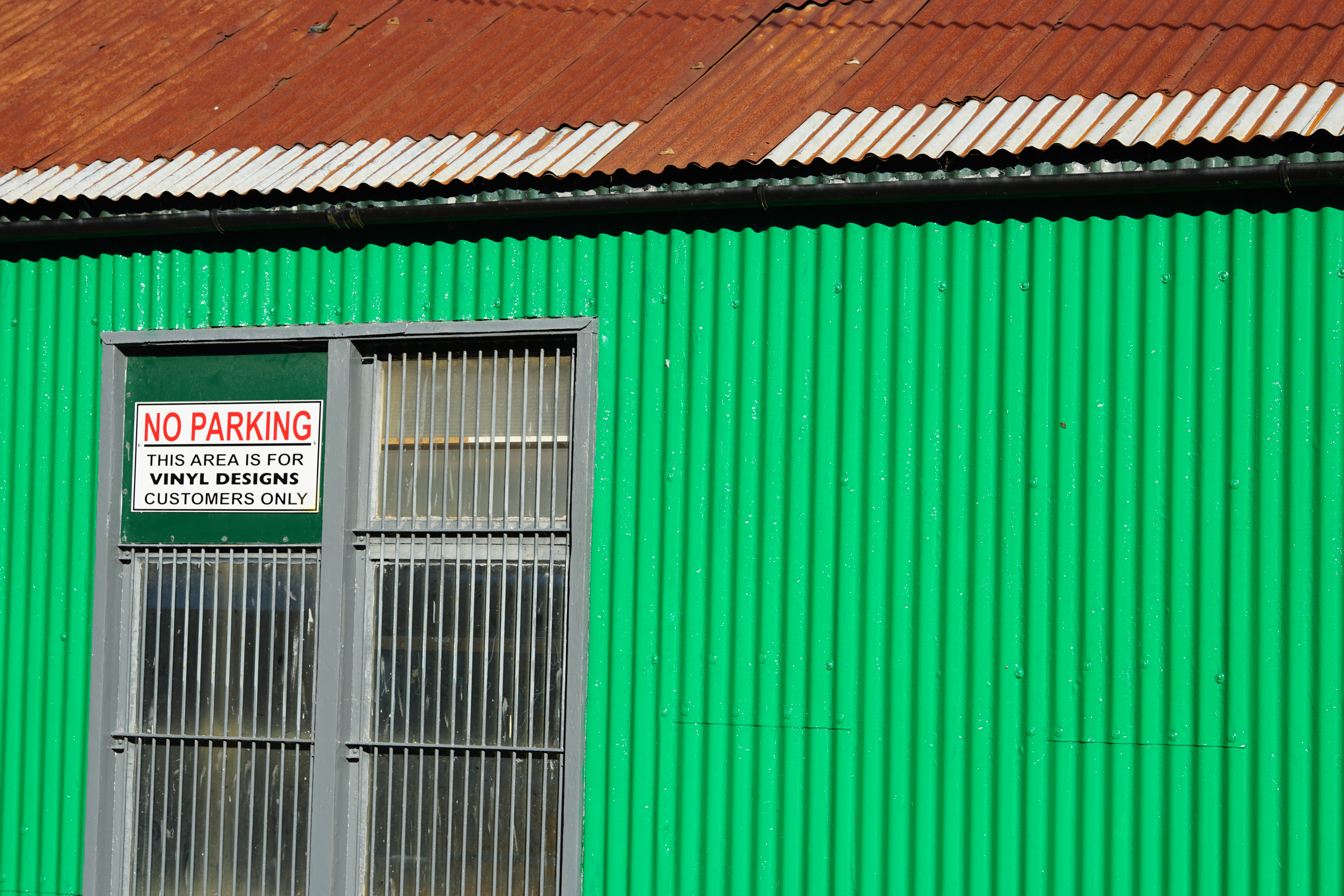




Viltrox AF 85mm f/1.4 Pro: Lab Results
We run a range of lab tests under controlled conditions, using the Imatest Master testing suite. Photos of test charts are taken across the range of apertures and zooms (where available), then analyzed for sharpness, distortion and chromatic aberrations.
We use Imatest SFR (spatial frequency response) charts and analysis software to plot lens resolution at the center of the image frame, corners and mid-point distances, across the range of aperture settings and, with zoom lenses, at four different focal lengths. The tests also measure distortion and color fringing (chromatic aberration).
Sharpness:
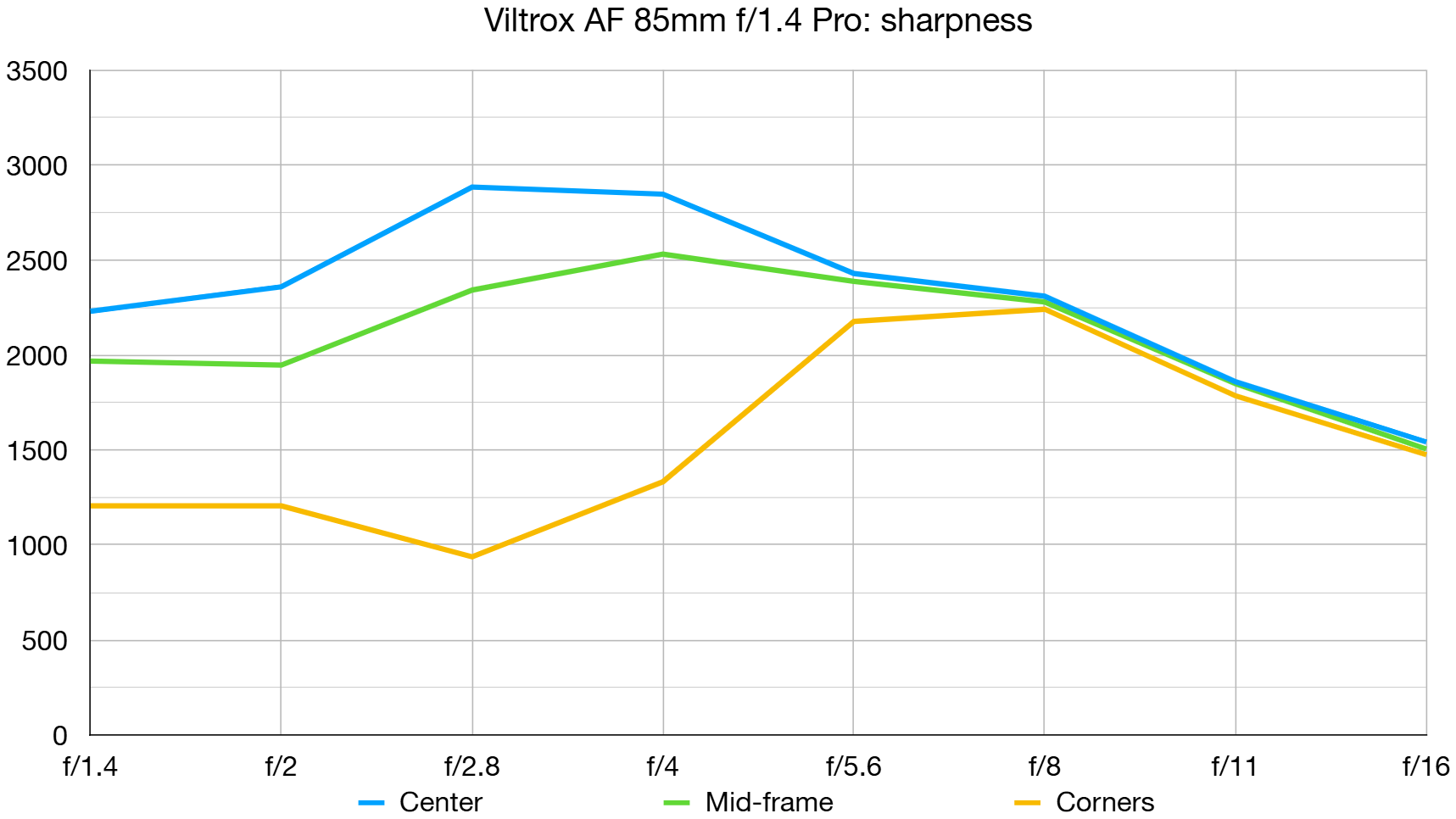
Sharpness in the central region of the frame is excellent at the widest aperture of f/1.4, and even better in the range between f/2.8 and f/5.6. There’s plenty of edge/corner-sharpness on tap for portraiture and still life photography even wide-open at f/1.4, and it really comes on song at f/5.6 and f/8.
Fringing
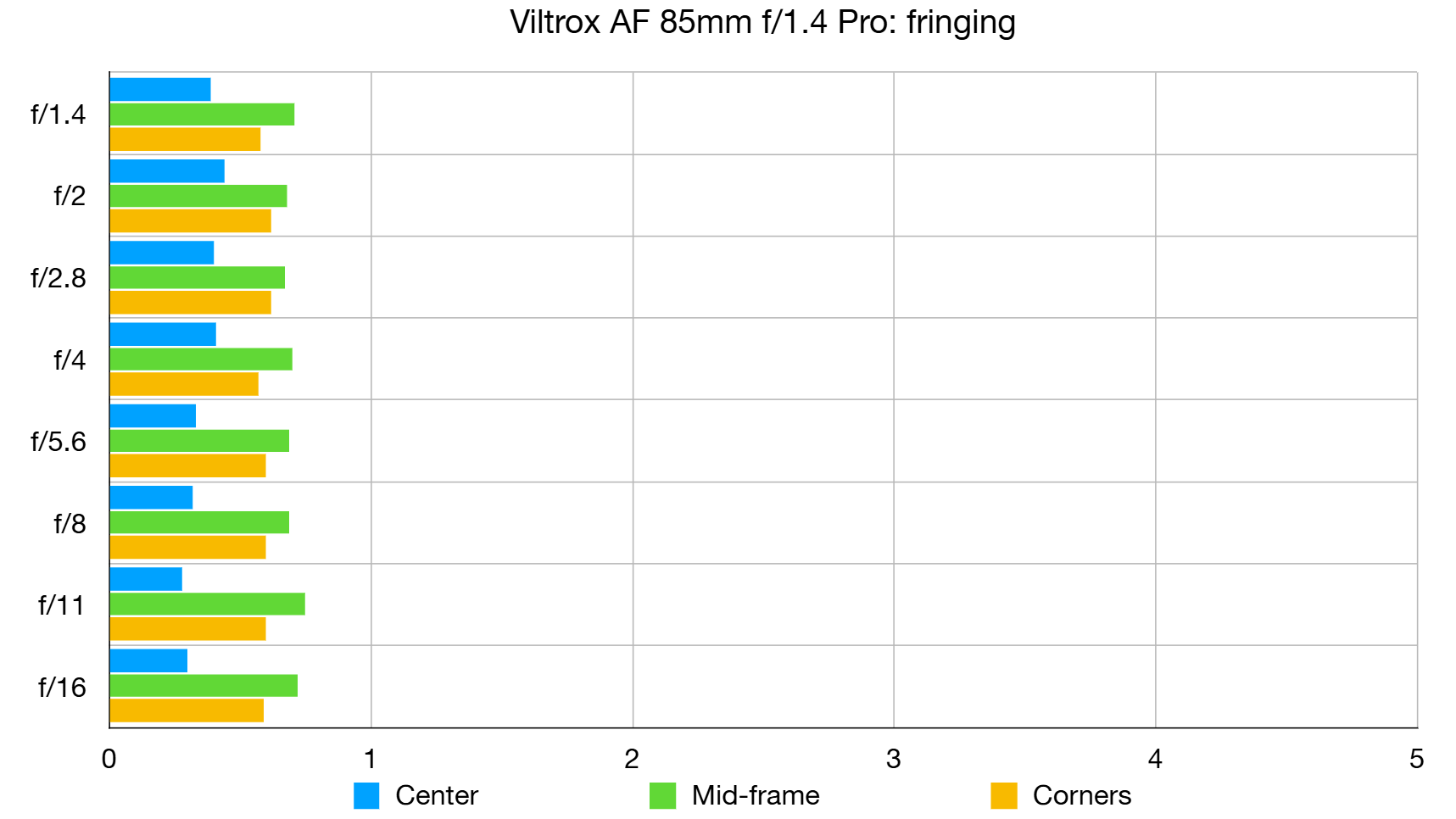
There’s virtually no visible color fringing even at the edges and corners of the image frame, at any aperture setting. Axial chromatic aberration or ‘bokeh fringing’ is also negligible.
Distortion: 0.58
There’s the merest hint of pincushion distortion but it’s virtually impossible to spot in real-world shooting. And as with color fringing, that’s with automatic in-camera correction switched off.
Viltrox AF 85mm f/1.4 Pro: Verdict
Premium lenses generally come with price tags to match. I love that this Viltrox AF 85mm f/1.4 Pro really lives up to its ‘Pro’ aspirations, with exotic handling characteristics, a robust and weather-sealed metal construction, and most of all, gorgeous image quality. Like a few other Viltrox lenses that I’ve seen, it really does go head to head with up-market, own-brand optics but at a fraction of the selling price. It’s simply a brilliant buy for Nikon Z and Sony E-mount cameras, if you’re into portraiture and still life, or for anytime you need a fast, short telephoto prime.
Features | There are plenty of features on tap, including a click/de-click aperture control ring and function button. | ★★★★★ |
Design | The design works really well, from the robust metal weather-sealed build to the controls and VCM autofocus system. | ★★★★★ |
Performance | The lens does well to combine excellent sharpness with soft and dreamy bokeh, ideal for portraiture. | ★★★★★ |
Value | At less than a third of the price of the own-brand Sony 85mm f/1.4 lens, the Viltrox is outstanding value. | ★★★★★ |
Alternatives
The Sony FE 85mm f/1.4 G Master II lists at $1,799 / £1,799 / AU$2,998. As a ‘Gold’ Master lens, it’s designed to combine excellent sharpness and clarity with beautiful bokeh, which it does in spades but at a steep price for an f/1.4 prime.
The Nikon Z 85mm f/1.2 S is nothing if not an expensive lens at $2,797 / £2,999 / AU$4,699, getting on for twice the price of the Sony 85mm f/1.4 lens and being massively more expensive than the Viltrox f/1.2. The Nikon is a fabulous prime but you’ll need deep pockets.
Matthew Richards is a photographer and journalist who has spent years using and reviewing all manner of photo gear. He is Digital Camera World's principal lens reviewer – and has tested more primes and zooms than most people have had hot dinners!
His expertise with equipment doesn’t end there, though. He is also an encyclopedia when it comes to all manner of cameras, camera holsters and bags, flashguns, tripods and heads, printers, papers and inks, and just about anything imaging-related.
In an earlier life he was a broadcast engineer at the BBC, as well as a former editor of PC Guide.
You must confirm your public display name before commenting
Please logout and then login again, you will then be prompted to enter your display name.

